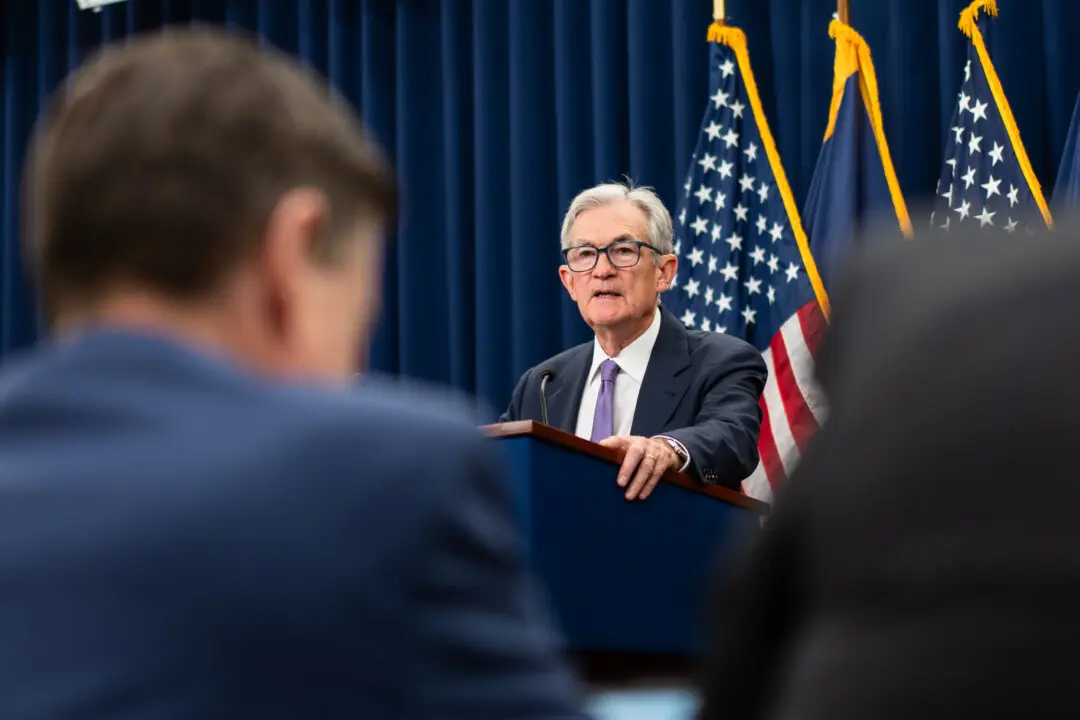Third-quarter gross domestic product (GDP) numbers that are scheduled for release by the Bureau of Economic Analysis (BEA) on Oct. 26 might signal that the U.S. economy is on the cusp of achieving a soft landing or that the July-to-September period was the last quarter of strong growth.
Early estimates suggest that the U.S. economy expanded more than in the second quarter.





